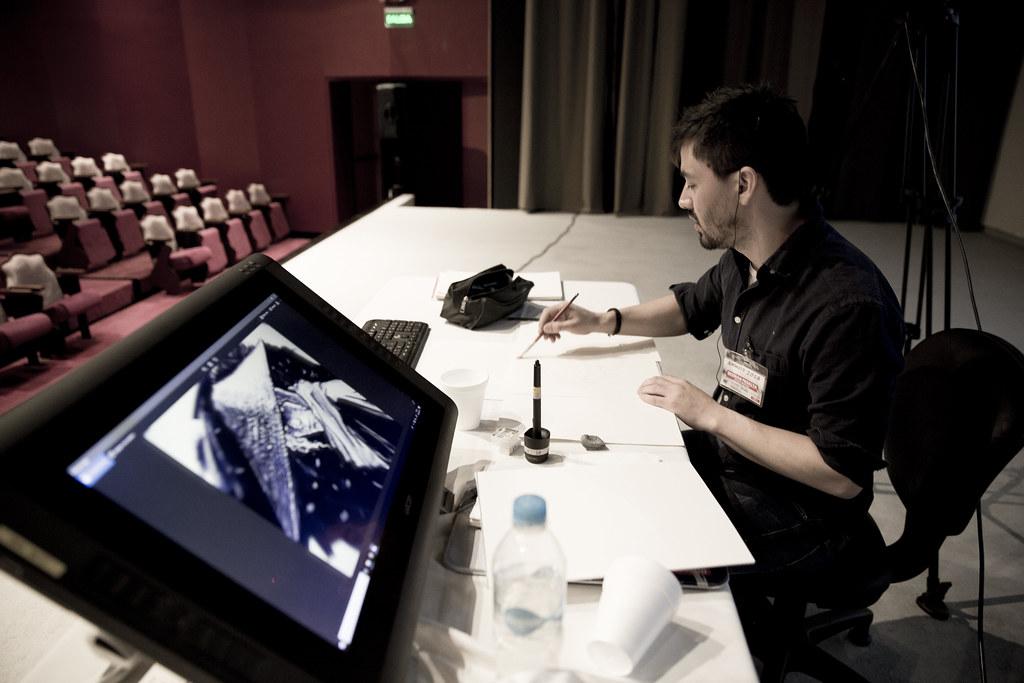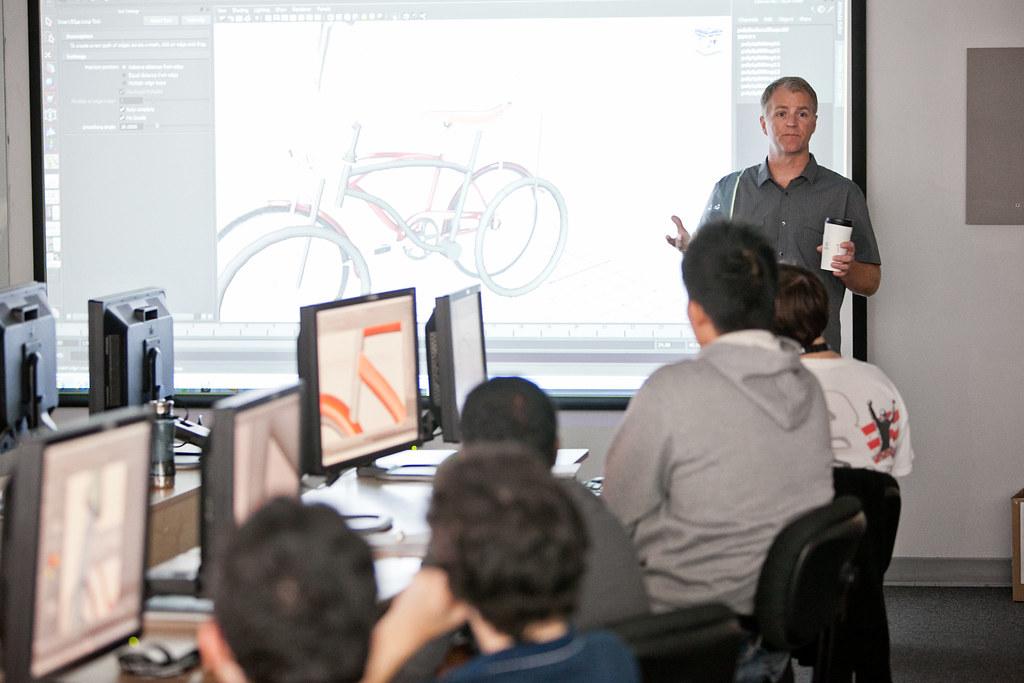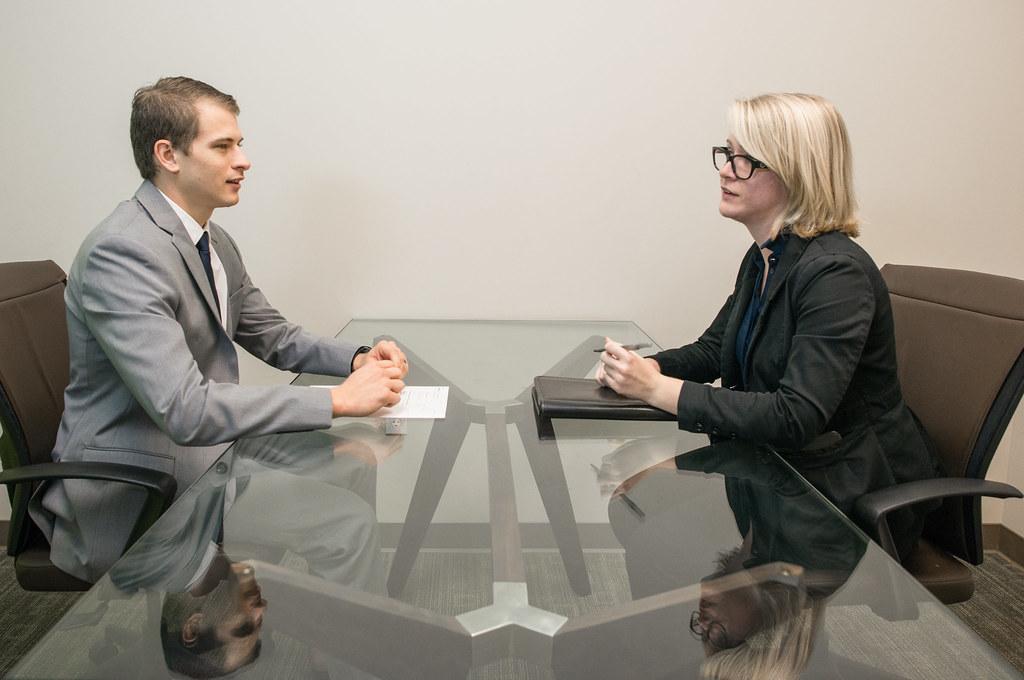Art and technology can work together to create an exciting digital world. If you love both, consider being a technical artist. I’m working in this role, and today I’m here to show you the way.
In this post, I will explain how to become a technical artist. From here, you can learn about the skills you will need, the cool collaborations, and even the salary. So let’s explore the world of technical art together!
Who Is A Technical Artist?
A technical artist integrates the visual content created by the artists into video games. They also build a system with characters, textures, and environments. Then, the artists can make their artwork based on that system.
After that, the programmers import those graphics into the game machine. But sometimes, the technical artists perform this task so the programmers have more time for their complex codes.
As you can see, technical artists work with many people to produce video games. They ensure each element of the game matches the theme. Ultimately, gamers can have the best experience.

Types of Technical Artists
There are three primary types of technical artists. Each role has specific tasks.
These artists make the graphics look cool in games and movies. To do it, they create terrific visual effects so the game world becomes immersive and exciting.
Technical directors ensure all the technical aspects of a game or movie work together perfectly. They also lead teams and solve problems to get things done smoothly.
These artists bring things to life using technology and art. In the case of games, they make objects and characters move realistically.
What Does A Technical Artist Do?
I’m working as a technical artist. There are many tasks to handle in a day, but I find all of them exciting.
These artists create beautiful assets, like textures and characters. Once they’ve completed their task, they will send the artwork to me. Now, I start my work!
I integrate the assets into the software platform or game engine. They should fit perfectly into the game. I also create scripts, tools, and workflows to streamline this integration process.
Some technical issues may happen during the process. For example, the platforms may not support the artwork, or there can be rendering artifacts. And as a technical artist, I will solve them.
I also help optimize the workflow. For instance, I act as the bridge between the programmers and artists. Thus, I have to choose the best practices to support their collaboration.
Moreover, you have some repetitive tasks in the process. Most of them are simple, but they take time. Hence, I create custom scripts and tools to automate those tasks. Then, I can improve the productivity of my team.
I work closely with designers, programmers, and artists. So I try to understand their needs and give them technical guidance.
We often have meetings, especially at the beginning of the project. And during the production process, we gather to find ways to solve problems and improve efficiency.
I work all day with technology. Since this field is constantly changing, I have to keep up with the latest techniques. Then, I can apply them to my work, enhancing the product’s visual quality.
How To Become A Technical Artist?
Here is the main part: How to become a technical artist? The simplest answer is to keep studying and honing your skills. I will show you the detailed steps below.
Step 1: Pursue A Degree
You need to study first. There are different types of schools you can choose from. For example:
Bootcamps are quick and focused training camps. They teach you specific skills you need for a technical artist. For example, you can learn coding and 3D modeling.
The biggest benefit of this option is the short training period. Plus, bootcamps are cheaper than regular universities.
These schools help you get ready for a particular job. Thus, they teach you practical skills you’ll actually use.
Community colleges provide a two-year course. When you finish the program, you can get an associate’s degree, which suffices for an entry-level job.
Many companies like candidates with a bachelor’s degree. You can dig deeply into your major during four years at the university.
These courses are more expensive and last longer than other choices. However, you will become a more outstanding candidate when applying for a technical artist position.
If you want to level up, consider getting a master’s degree. It allows you to focus on specific aspects of the major. For example, you can learn more about visual arts, animation, or game development.

Step 2: Hone Your Skills
This step is super important! The knowledge you gain from the courses above may not help you handle all of your tasks as a technical artist. So to be better at your job, you need to develop the necessary skills.
A technical artist has to use colors to make their designs stand out. Thus, you should be familiar with color theories.
For example, different colors make people feel different things. While blue gives a calm impression, red pulls off an exciting vibe.
Aside from characters and textures, a game has headlines, titles, and some other textual stuff. So, you need typography skills.
It’s just about writing! Instead, you have to learn how to align texts nicely. Choosing the right font for them is important, too.
You need drawing skills to plan your designs and show others your thoughts. When you receive their feedback, you can improve your product without wasting time on the ineffective one.
Moreover, you sketch things on the computer. It takes time, right? So you can quickly sketch it on paper first. Then, you can fix things until they look just right before working on the digital files.
Your work combines art and technology. In other words, you will work with computers almost every day.
Software programs are an important part of your day. You use them to edit photos and render them. Sometimes, you need to develop apps to streamline your work.
Using the computer is not hard. However, as a technical artist, you need more than just typing and sending emails. I highly recommend Adobe Creative Suite to start with. It helps you create your designs quickly and beautifully.
Photos are your future friends because you will have to take many photos of your ideas. You may also use them in your designs.
Creativity means you can come up with fantastic ideas. This skill is very important for making posters, logos, and even game development.
For example, you need to imagine how the characters move. Then, you will turn this idea into life while adding new ideas to create perfect moves.
Your team also has other designers, programmers, and artists. So be ready to work with a lot of people. If you have any misunderstanding, the whole production process will be affected.
As a technical artist, you will encounter a lot of technical issues during the design process. Hence, learn how to find solutions when things don’t work correctly, too.
It would be best to have sharp eyes. Then, you can spot mistakes in the design and fix them soon.

Step 3: Pursue Entry-Level Positions
Next, try entry-level positions, such as junior technical artists or intern roles. They will give you hands-on experience because you now have a chance to work on real projects.
Working in an entry-level position helps you understand the production pipeline. You will also learn how technical art fits into the large process.
Moreover, when working, you can learn from experienced professionals in the field. They will give you valuable lessons that you can’t find in books.
You can expand your relationships, too. Networking will then lead to connections and mentorships. Who knows, you can find more job opportunities thanks to your network.
Step 4: Update Your Resume
The resume shows what you have. When applying for a job, you will send it to the employers. They will learn about you based on what you write on the resume. So try to make it impressive. The question is: How to create a strong resume?
Firstly, highlight your skills. They should align with the employers’ requirements.
Next, talk about your achievements and goals. Employers want to know how serious you are about your job.
After writing the basic info, check if you have any spelling or grammar mistakes. Then, design it so it looks professional and attractive. Since you are applying for an artist job, the resume should reflect your artistic side.
Besides, attaching your portfolio to the resume would be perfect. The portfolio includes your previous work. When checking it, the employers can tell if your skills suit their needs.
Step 5: Apply For A Job
Now, it’s time to apply for a technical artist job. There are three ways to find job openings:
- Job search sites: Indeed, Glassdoor and LinkedIn are the most popular websites for job hunts.
- Company’s official website: Some companies have a “Careers” section on their official website. So you can check if they are hiring technical artists.
- Networking: Ask people around you if they know any job openings. Sometimes, companies don’t advertise their recruitment, but their employees may know.

Salary and Outlook
According to ComputerCareers, technical artists can earn $49,774 to $157,030 annually. The salary gap comes from the difference in their experience, company size, and location.
For example, the highest salary for technical artists in Nevada is 143,672$ a year. Meanwhile, those in Connecticut can only earn $130,607.
If your starting salary is low, don’t worry! You can upgrade your skills and gain more experience. Then, you will get a more generous pay.
In addition, the outlook for this job is average. The United States Bureau of Labor Statistics claims that it can increase by 5% from 2021 to 2031.
What Software and Tools Do Technical Artists Use?
You work with many computer graphics. Here are some tools and software that can help you bring out the best performance:
- 3D Studio Max: This tool can make 3D models look more realistic.
- MaxScript: You can combine MaxScript with 3D Studio Max for specific design tasks.
- Maya: Like 3D Studio Max, Maya helps create 3D models and animation.
- Unreal Engine: This powerful tool is excellent for creating games with fantastic graphics.
- Adobe After Effects and Photoshop: These two famous tools allow you to add cool effects to your pictures.
The Most Important Technical Artist Certificates
Getting certificates is also a good idea to demonstrate your expertise. If you want to try, consider these options:
- Unity Certified Expert: This certification is suitable for those with more than five years of working in the gaming field. It will help you master Python, Unity concepts, Max Script, and other tools.
- Game design: During this course, you will learn different game mechanics. Then, you can use them to solve complicated problems at work.
- Computer science: Another choice is studying computer science. Remember to choose the one that focuses on game development.

FAQs
Should I become a technical artist?
It depends on your interests and ability. If you love art and technology, this career will be the best option to work with your passion. Consider your artistic and technical skills, too. They will help you perform well at your job.
Is it hard to be a technical artist?
Yes. This job requires a lot of knowledge and experience. For example, you must be good at computer programs and art simultaneously. You also need time to hone your skills. But I believe that you can overcome all the challenges with your passion and commitment.
How can I become a better technical artist?
If you want to be better at your job, you need to do three things:
- Keep working hard to gain more experience in the field.
- Check what’s new in technology and learn how to use it.
- Study whenever you can.
Conclusion
There are only five steps to take to become a technical artist. However, each step has many challenges. So be ready to learn and hone your skills.
Working as a technical artist is fun, too. It’s where art and tech unite. If you are a big fan of both, then don’t wait any longer! Take your first step and pursue your dream job. Thank you for reading!
